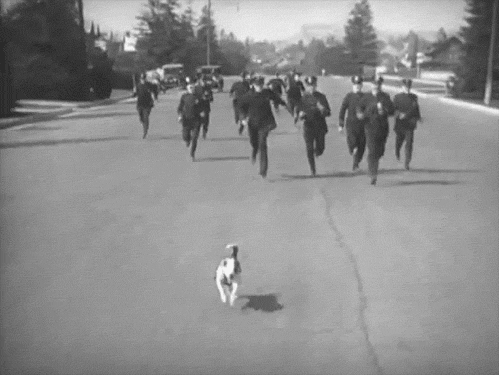gotsnowgotslush
skates like Eck
- Joined
- Dec 24, 2007
- Posts
- 25,720
Hesperocyoninae/ Paraenhydrocyon/Caedocyon/
Amphicyon!
Big cat-like predator-
"During the absence of Cats in North America in the early Miocene Period, they filled the predatory niche."
http://www.fossil-treasures-of-florida.com/bear-dog.html
"Tasmanian tiger"
Extinct Australian thylacine hunted like a big cat
http://www.bbc.co.uk/news/science-environment-13270381
Got niche ?
Amphicyon!
Big cat-like predator-
"During the absence of Cats in North America in the early Miocene Period, they filled the predatory niche."
http://www.fossil-treasures-of-florida.com/bear-dog.html
"Tasmanian tiger"
Extinct Australian thylacine hunted like a big cat
http://www.bbc.co.uk/news/science-environment-13270381
Got niche ?
